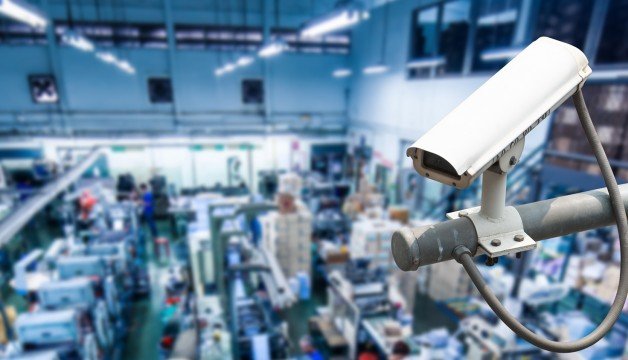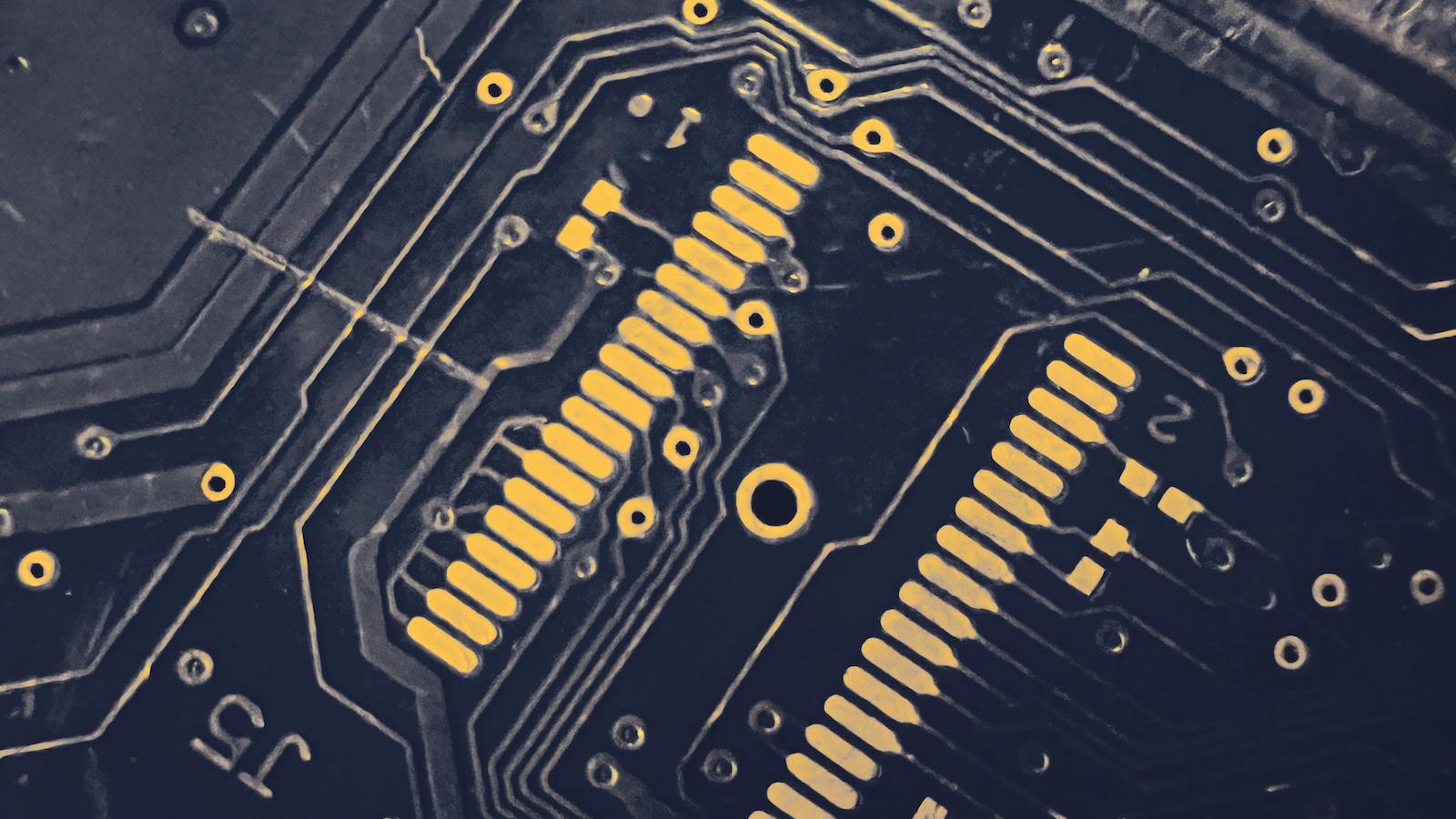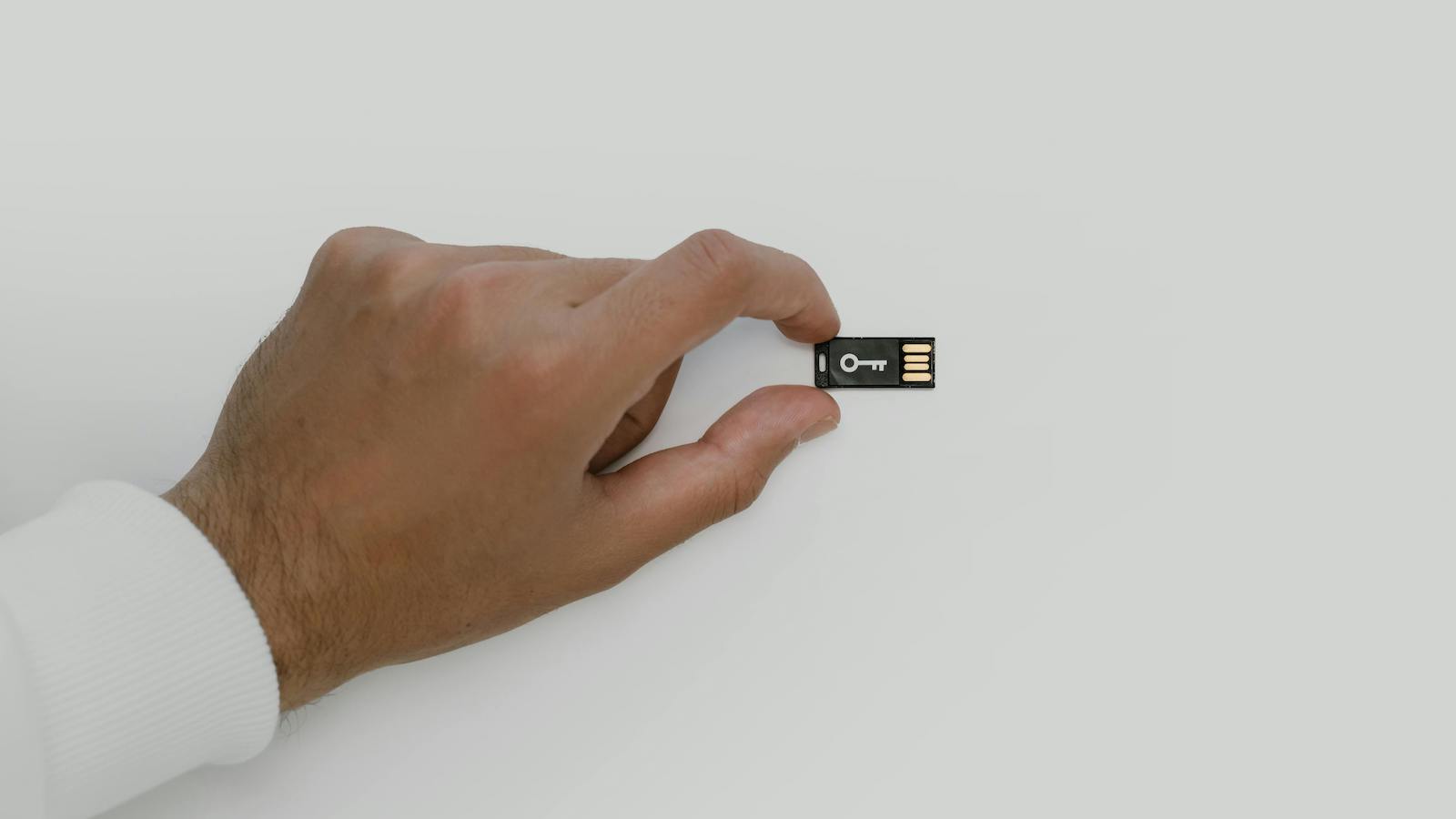 3C: It seems like IoT is going to spread faster than good security and privacy practices. Agree or disagree?
Bar-El: Agree. IoT manufacturers today want to sell as many devices as they can to quickly establish market share. Security takes time and requires skills that many manufacturers currently do not have. By providing security solutions starting at the chip level and allowing developers to provision security updates to their devices from the cloud, we believe we can make the security around next-generation IoT devices future-proof.
3C: How do you see the fundamental situation playing out in 2015?
Bar-El: In 2015, IoT manufacturers will recognize the “build now, fix later” model is not sustainable and that important security features must be baked in when products ship. Considering that the IoT devices currently entering the market are smart-home-focused, the security mechanisms manufacturers introduce in 2015 must be future-proof for at least a decade, and they need to include mechanisms that enable that device to be updated in real time in the event a critical vulnerability is ever discovered in the product.
3C: It seems like IoT is going to spread faster than good security and privacy practices. Agree or disagree?
Bar-El: Agree. IoT manufacturers today want to sell as many devices as they can to quickly establish market share. Security takes time and requires skills that many manufacturers currently do not have. By providing security solutions starting at the chip level and allowing developers to provision security updates to their devices from the cloud, we believe we can make the security around next-generation IoT devices future-proof.
3C: How do you see the fundamental situation playing out in 2015?
Bar-El: In 2015, IoT manufacturers will recognize the “build now, fix later” model is not sustainable and that important security features must be baked in when products ship. Considering that the IoT devices currently entering the market are smart-home-focused, the security mechanisms manufacturers introduce in 2015 must be future-proof for at least a decade, and they need to include mechanisms that enable that device to be updated in real time in the event a critical vulnerability is ever discovered in the product.Surveillance Cams: A Hacker's Delight
Bad technology and sloppy use of passwords make it trivial to hack surveillance cameras and see what's happening in offices and homes.

 3C: It seems like IoT is going to spread faster than good security and privacy practices. Agree or disagree?
Bar-El: Agree. IoT manufacturers today want to sell as many devices as they can to quickly establish market share. Security takes time and requires skills that many manufacturers currently do not have. By providing security solutions starting at the chip level and allowing developers to provision security updates to their devices from the cloud, we believe we can make the security around next-generation IoT devices future-proof.
3C: How do you see the fundamental situation playing out in 2015?
Bar-El: In 2015, IoT manufacturers will recognize the “build now, fix later” model is not sustainable and that important security features must be baked in when products ship. Considering that the IoT devices currently entering the market are smart-home-focused, the security mechanisms manufacturers introduce in 2015 must be future-proof for at least a decade, and they need to include mechanisms that enable that device to be updated in real time in the event a critical vulnerability is ever discovered in the product.
3C: It seems like IoT is going to spread faster than good security and privacy practices. Agree or disagree?
Bar-El: Agree. IoT manufacturers today want to sell as many devices as they can to quickly establish market share. Security takes time and requires skills that many manufacturers currently do not have. By providing security solutions starting at the chip level and allowing developers to provision security updates to their devices from the cloud, we believe we can make the security around next-generation IoT devices future-proof.
3C: How do you see the fundamental situation playing out in 2015?
Bar-El: In 2015, IoT manufacturers will recognize the “build now, fix later” model is not sustainable and that important security features must be baked in when products ship. Considering that the IoT devices currently entering the market are smart-home-focused, the security mechanisms manufacturers introduce in 2015 must be future-proof for at least a decade, and they need to include mechanisms that enable that device to be updated in real time in the event a critical vulnerability is ever discovered in the product.






